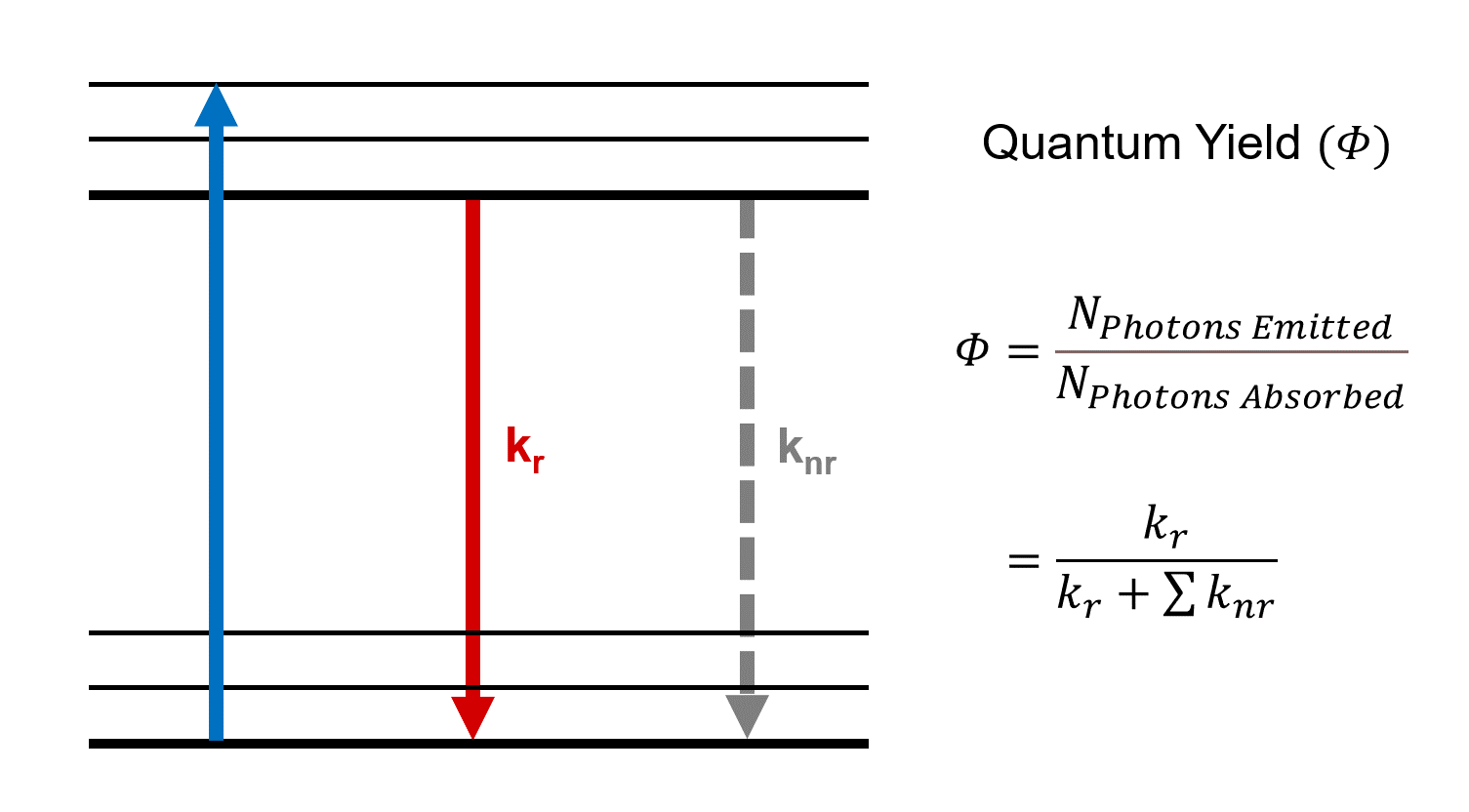Contents

Source: Wikipedia
The Concept of Quantum Efficiency in Photonics
Understanding Quantum Efficiency
Quantum efficiency, also known as quantum yield, is a crucial parameter in photonics that measures the percentage of input photons contributing to the desired effect. It is a significant factor in various processes involving light-matter interactions.
Applications of Quantum Efficiency
Quantum efficiency finds applications in different areas of photonics, such as laser gain media, fluorescence, and photodetectors. In laser gain media, it quantifies the effectiveness of the pump process in generating laser-active ions. For fluorescence processes, quantum efficiency can be affected by non-radiative processes, influencing the overall efficiency.
Quantum Efficiency in Photodetectors
In photodetectors like photodiodes and photovoltaic cells, quantum efficiency determines the fraction of incident photons contributing to the external photocurrent. Photodiodes typically exhibit quantum efficiencies above 90% in the visible and near-infrared spectrum, with values ranging from 40% to 80%. Photomultipliers, on the other hand, can have lower quantum efficiencies, especially dependent on the wavelength region.
Quantum Efficiencies Beyond 100%
In certain cases, the quantum efficiency of a laser or amplifier can exceed 100%, primarily due to unique energy transfer processes between laser-active ions. This phenomenon can lead to a quantum efficiency greater than unity, as exemplified by thulium-doped fiber lasers operating at 1.9 μm. Values exceeding 100% are achievable in practical scenarios.
Conclusion
Quantum efficiency plays a vital role in understanding and optimizing various photonics processes. By quantifying the effectiveness of light-matter interactions, it enables the design and enhancement of photonic devices with improved performance and efficiency.

Source: Edinburgh Instruments
Feel free to comment your thoughts.



